One way to classify New York apartments is by when they were built. There are three broad categories: pre-war, which means anything built before the Second World War; post-war, which means post-WWII but before the 1990s or so; and new construction, which means buildings built since. We’ve seen a lot of great apartments over the years and believe that pre-war apartments are the best around the city.
Each type has characteristic features. Pre-wars are generally in shorter buildings. Post-war apartments often have parquet floors rather than wood planks. New constructions usually have central air conditioning/heat and modern amenities. Just the words “pre-war” or “post-war” in an apartment’s description can tell you a lot about it.
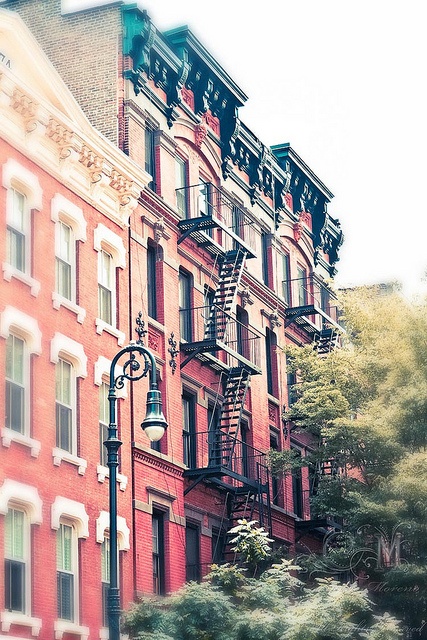
There are great apartments to rent in each category. There’s a special place in our hearts for pre-war, though. Here’s four reasons why:
1. Apartments with Character
No cookie-cutter floor plans here! There are all kinds of different floor plans, heights, configurations, you name it. Pre-wars have hallways, foyers and high ceilings, often nine feet or mhre. Apartments in newer buildings tend to have lower ceilings (eight feet was the standard for post-wars) and they usually have uniform floor plans. Newer buildings may have some advantageous design features – better closets, for example, and more user-friendly kitchens – but it’s kinda charming to have a bathroom just off the kitchen, right?
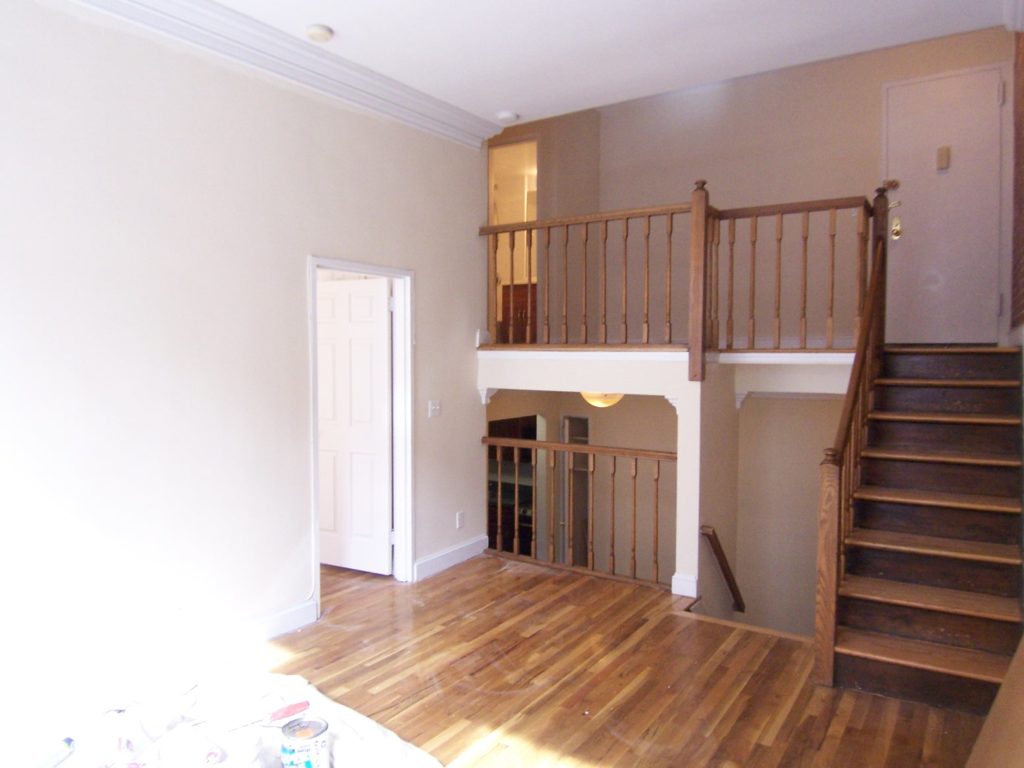
2. Much Less Noise
Pre-war apartments have plaster walls and poured concrete floors. Newer apartments tend to have gypsum (aka “sheetrock”) and thin concrete-and-steel floors. As a result, your pre-war apartment will keep out your neighbor’s violin practice way better than your friend’s new-construction apartment will. There are tradeoffs here; you might need special hooks to hang art in your pre-war, but that’s a small price to pay for not having to hear your neighbors. Plus, plaster walls don’t emit gases that make you sick.
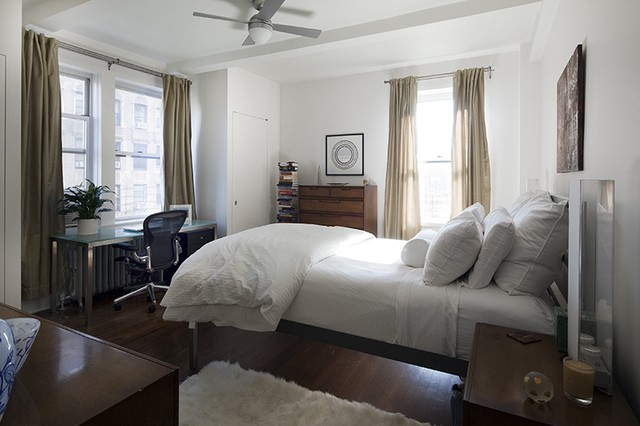
3. Sturdy, Stylish Construction with Cool Touches
From solid-core doors (thicker and much better-looking than today’s hollow-core doors) to brass fixtures, intricate decorative moldings, hand-painted tiles, tin ceilings and working fireplaces (and even bird reliefs on the façade), pre-war apartments have unique touches that make your space much more interesting.
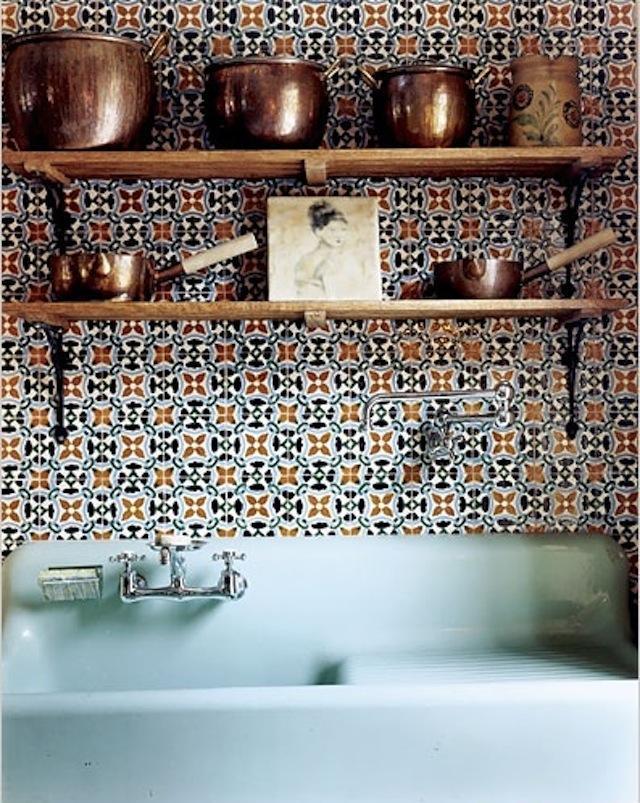
Post-wars often lack these touches, and new construction apartments probably won’t have them either. Why? 100 years ago, materials were expensive and labor was cheap, so builders picked materials that would last and workmen lavished attention on them. Today, materials are cheap but labor is expensive, so builders use materials that can be put up – and replaced – quickly and with limited manpower.
4. What You See is What You Get
There may be things about a pre-war building that you don’t like – for example, no central air, or low electrical current coming into the apartment. That said, there will be very little about the building that you can’t figure out if you ask the right questions. It can take many years for a building’s flaws to evidence themselves – but once they do, they won’t change, and they’ll probably be priced into the rent.
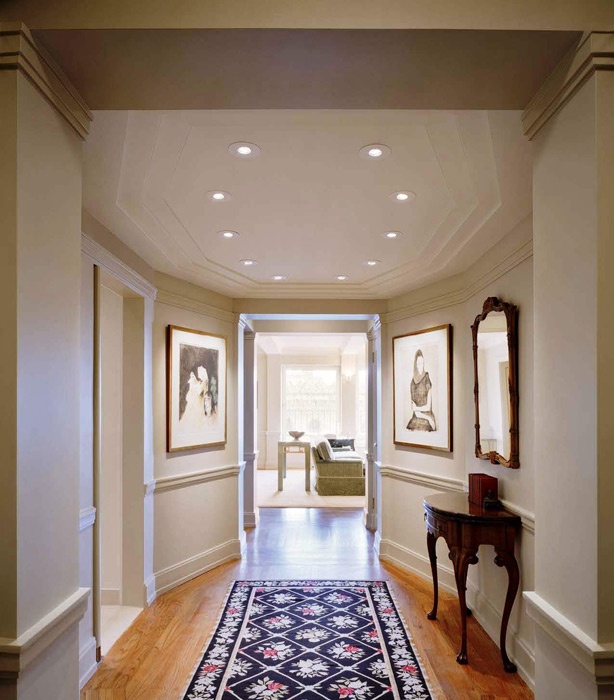
With new construction in particular, there’s a lot that even the building’s owners may not know about the building. Unwelcome problems may appear. Tax-abated maintenance and fees make true operating costs difficult to determine and predict. Fantastic amenities aren’t guaranteed to continue – as the building’s owners understand better the building’s flaws and the actual costs of running the building, they may have to discontinue amenities you like, or even raise rents to cover unanticipated expenses.
Want to see some more? The New York Public Library has an awesome collection of floor plans for pre-war apartments.
______________________________________________________________________
Looking to find a great pre-war apartment? You might want a broker’s help. We’ve got tips to help you get the most out of working with a broker.
Editor’s Note: We updated this article to enhance readability.




